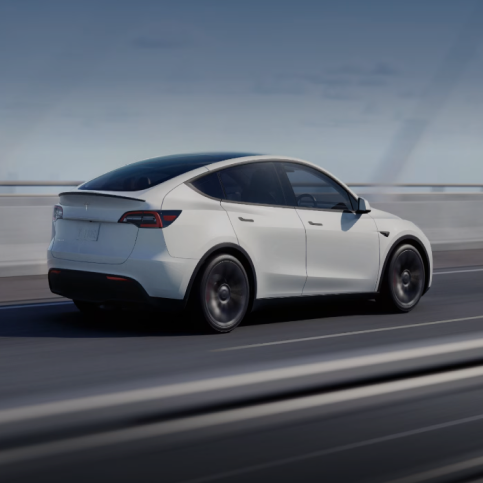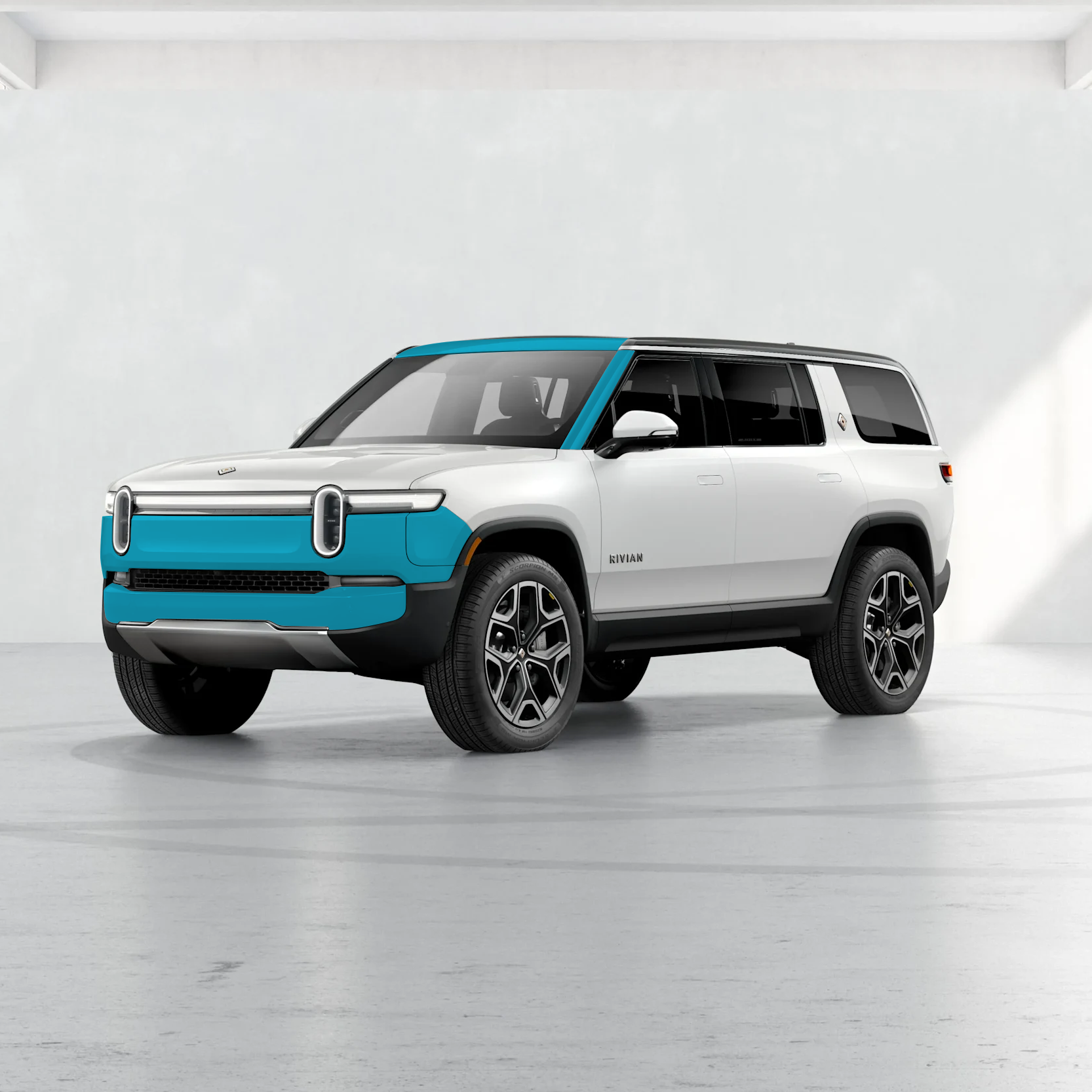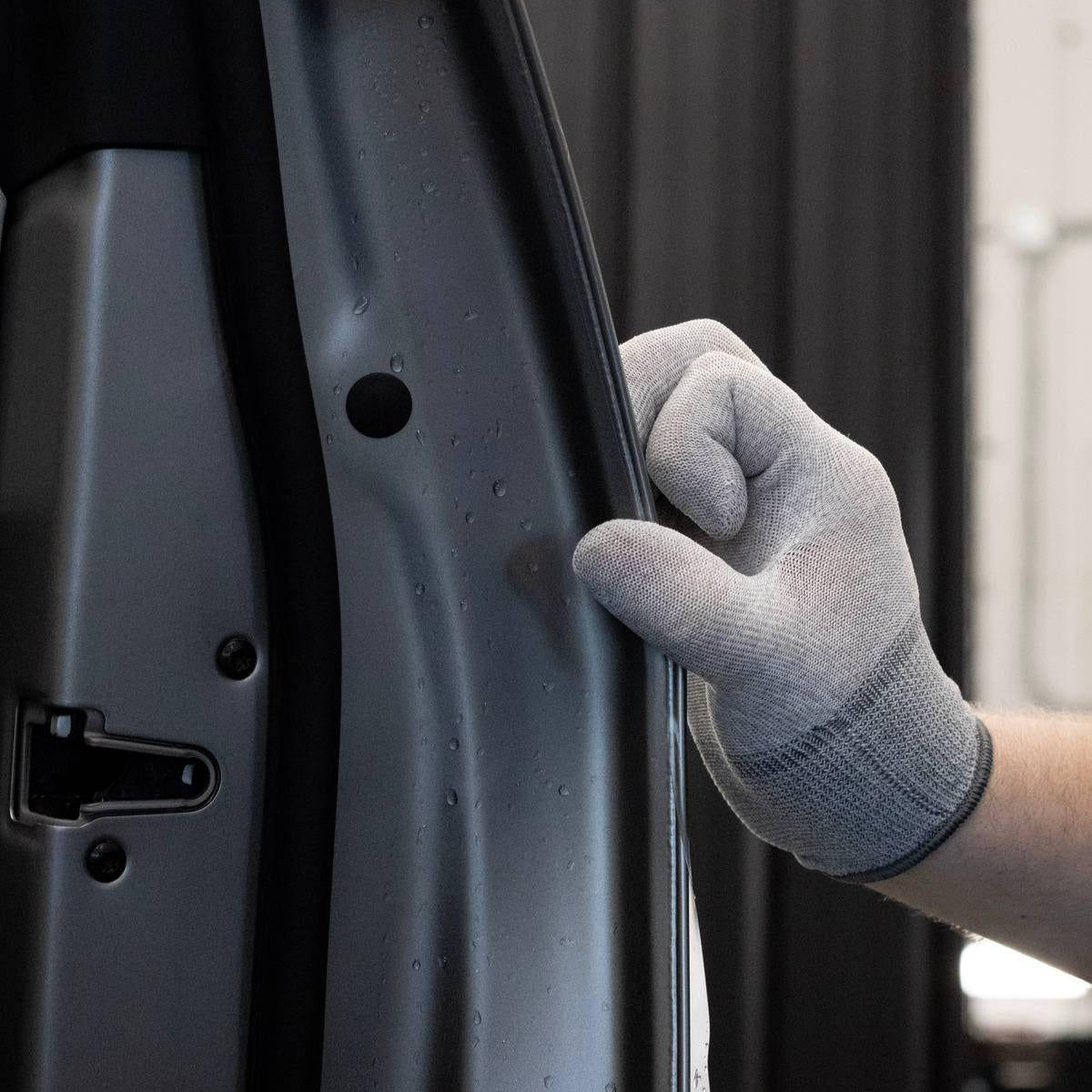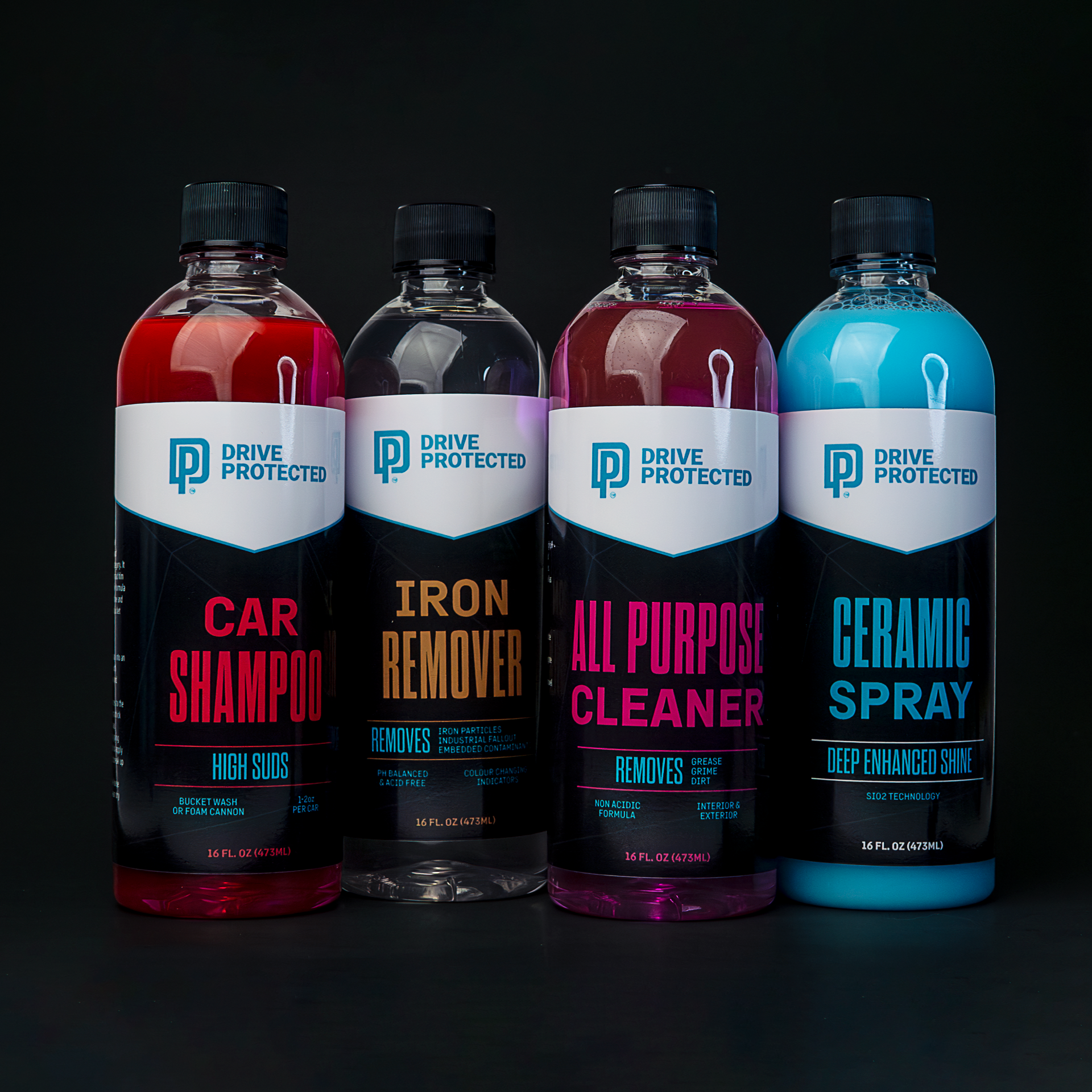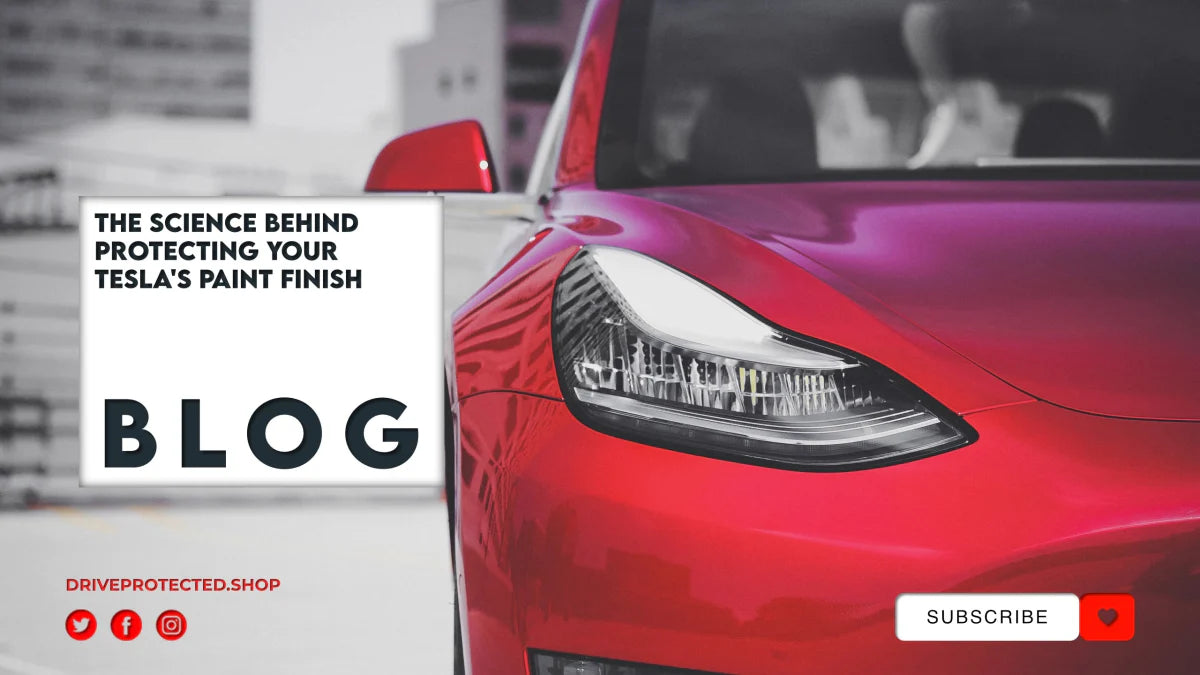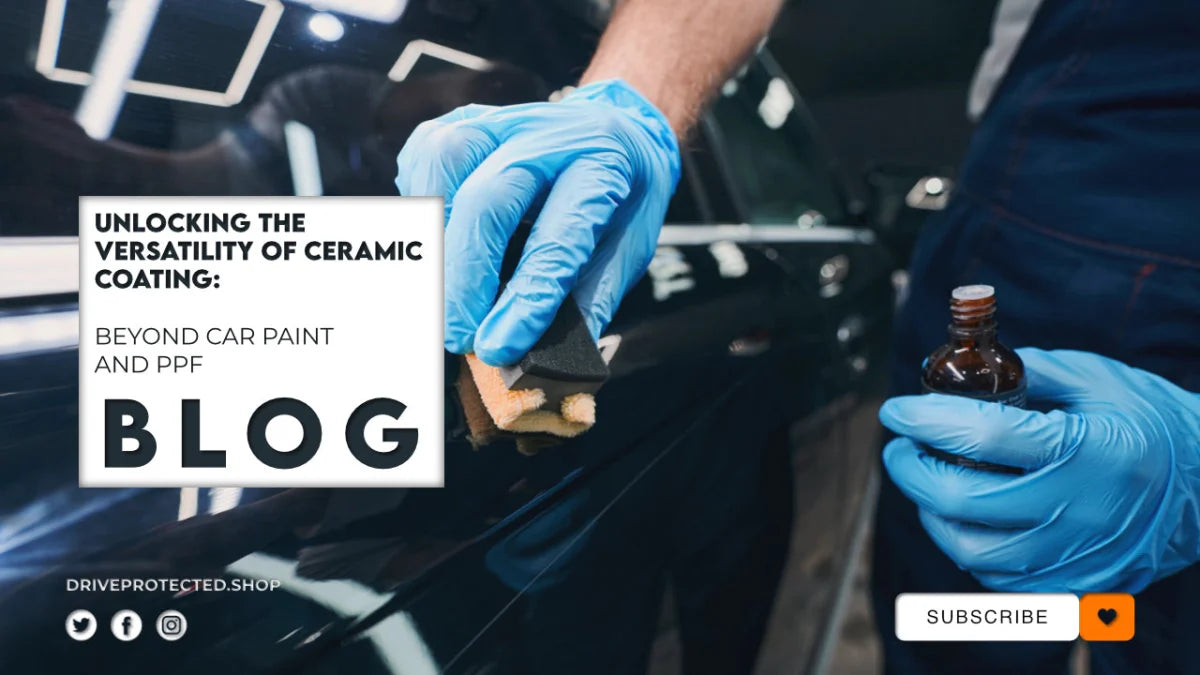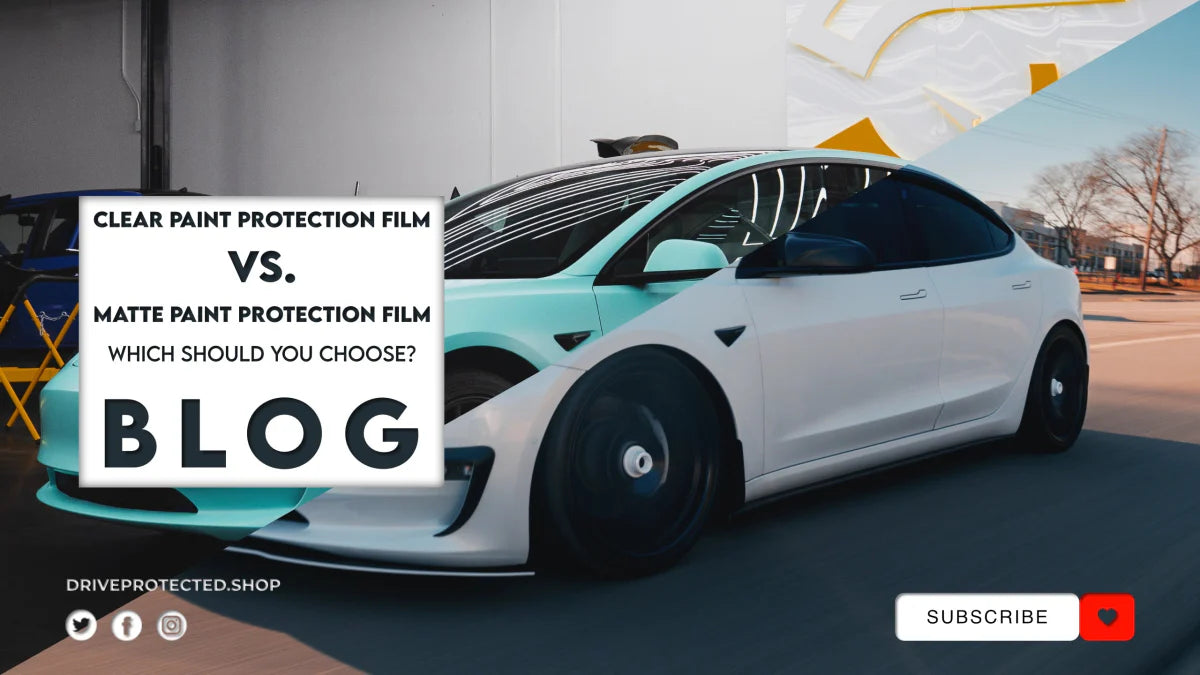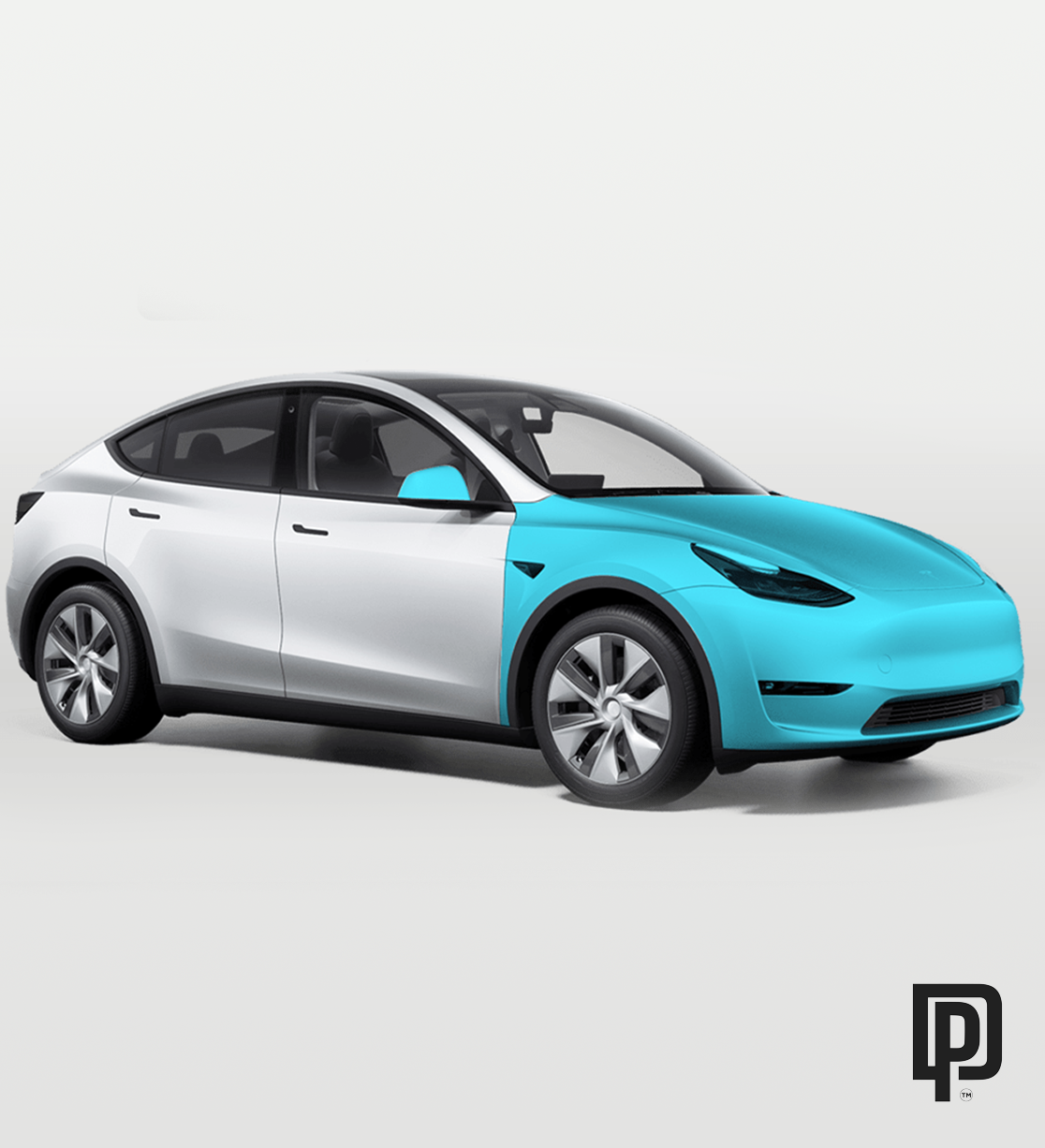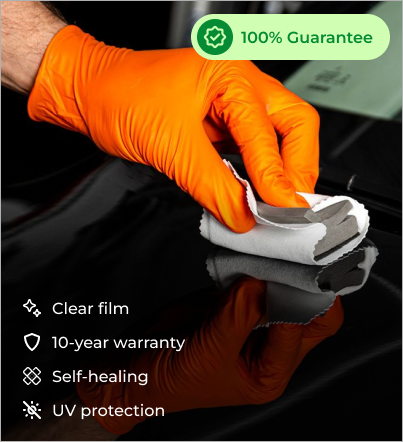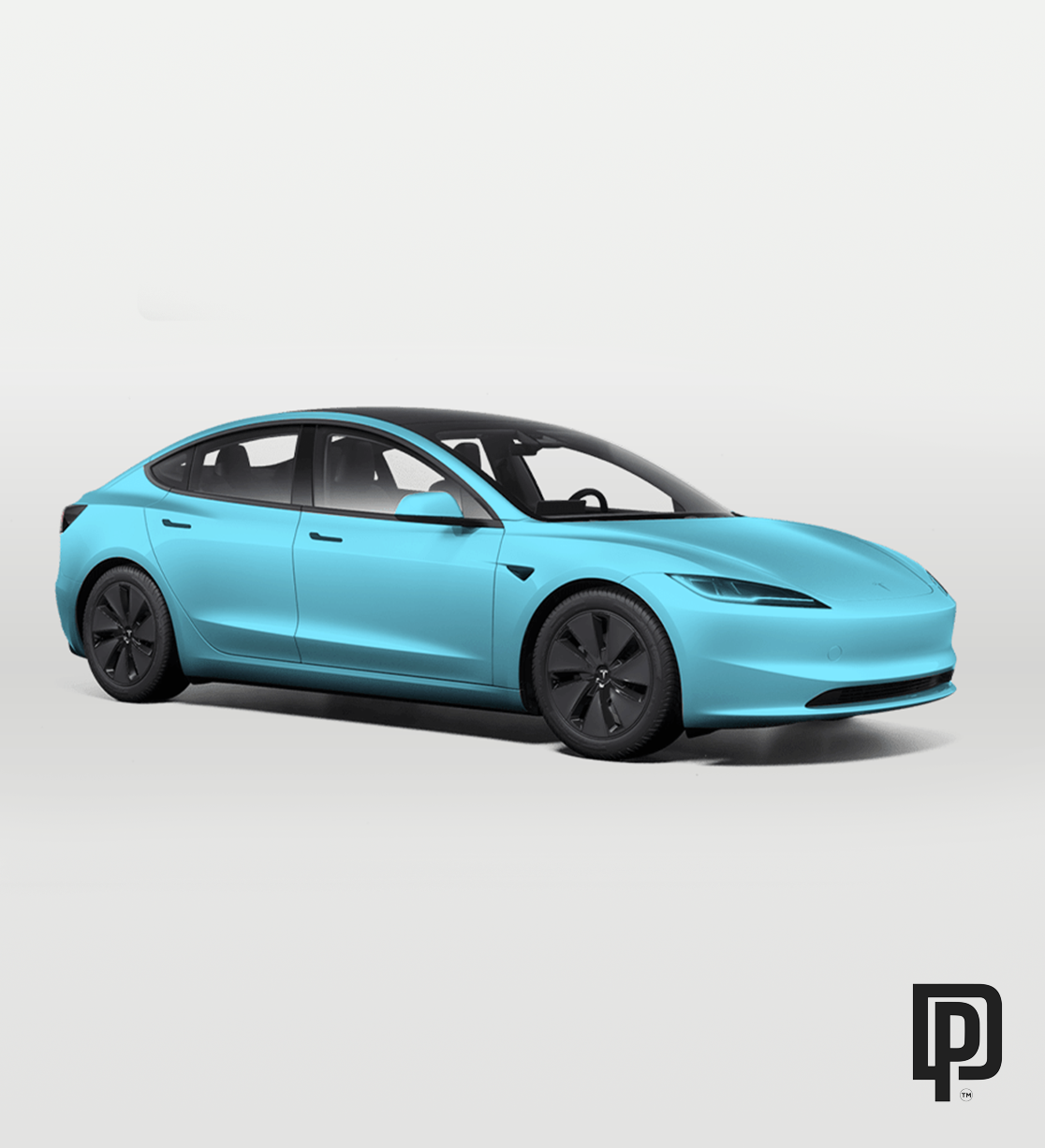When you invest in a Tesla, you're not just buying a car; you're becoming a part of the electric vehicle revolution. Tesla owners often take great pride in their vehicles, not only for their cutting-edge technology and eco-friendliness but also for their sleek and stylish designs. One key aspect of maintaining that aesthetic appeal is protecting your Tesla's paint finish, and to truly understand how to do this effectively, it helps to delve into the science behind it.
The Vulnerability of Automotive Paint
Automotive paint isn't just about aesthetics; it's a crucial barrier that protects your car's metal body from a wide range of environmental hazards. These hazards can include:
- UV Radiation: The sun's UV rays can cause paint to fade and deteriorate over time, leading to a dull and lackluster appearance.
- Road Debris: Gravel, rocks, and debris kicked up by other vehicles can chip and scratch your car's paint.
- Chemical Exposure: Exposure to pollutants, bird droppings, tree sap, and other chemicals can cause paint damage and corrosion.
- Water and Moisture: Prolonged exposure to water and moisture can lead to rust and other paint-related issues.
The Role of Paint Protection Film (PPF)
Paint Protection Film, or PPF, is a technological marvel in the automotive industry. It's essentially a transparent, self-healing film that is applied to the surface of your Tesla's paint. Here's how it works:
- Transparent Barrier: PPF is virtually invisible once applied, preserving your Tesla's original appearance.
- Impact Resistance: It acts as a shield against rocks, debris, and small impacts, preventing them from damaging your car's paint.
- UV Protection: PPF is UV-resistant, safeguarding your paint from the harmful effects of sunlight.
- Self-Healing: PPF has self-healing properties, which means minor scratches and swirl marks disappear when exposed to heat or sunlight.
The Chemistry of Ceramic Coating
Another valuable product for Tesla owners is Ceramic Coating. This liquid polymer, when applied to your car's exterior, undergoes a chemical transformation to create a protective layer. Here's the science behind it:
- Hydrophobic Properties: Ceramic Coating forms a hydrophobic surface, which means it repels water and prevents water spots from forming.
- Chemical Resistance: It resists chemical contaminants, such as bird droppings and tree sap, thanks to its strong chemical bonds.
- Enhanced Gloss: Ceramic Coating enhances the depth and gloss of your Tesla's paint, giving it a showroom finish.
- Heat Resistance: It can withstand high temperatures, protecting your car's paint from heat-related damage.
Nano Glass Coating for Crystal-Clear Windows
Nanotechnology takes center stage when it comes to protecting your Tesla's windows. Nano Glass Coating uses nanoparticles to create a thin, invisible layer on your windows:
- Water Repellent: Nano Glass Coating repels water and improves visibility during rainy conditions.
- Resistance to Stains: It prevents stains and smudges from sticking to your windows.
- Durability: This coating is highly durable, reducing the need for frequent window cleaning.
In the world of automotive protection, science plays a vital role in preserving the beauty and longevity of your Tesla. Whether you choose Paint Protection Film, Ceramic Coating, Nano Glass Coating, or a combination of these products, understanding the science behind them empowers you to make informed decisions about the care and maintenance of your beloved electric vehicle. Protecting your Tesla's paint finish isn't just about aesthetics; it's about ensuring your car continues to turn heads for years to come.

